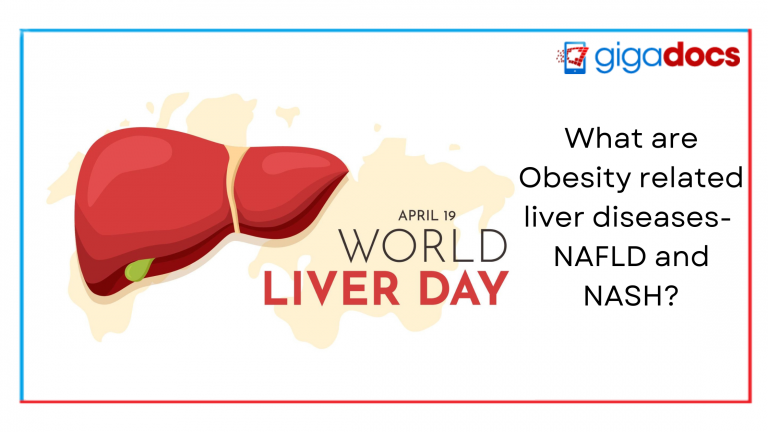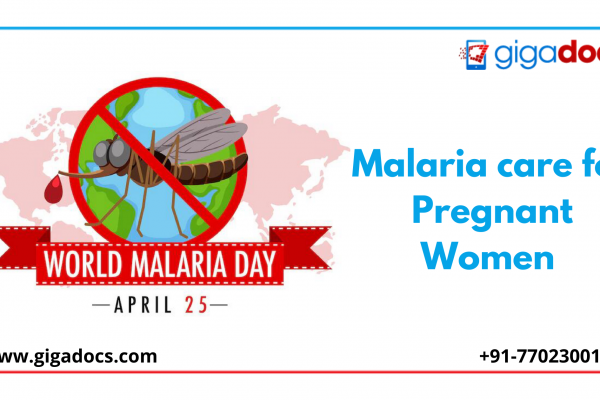Which is the largest solid organ in the body?
Which human organ has the unique capacity to regenerate itself after damage growing to a normal size even after up to 90% of it has been removed?
The Human Liver!
The human liver is a large, reddish-brown organ located in the upper right part of the abdomen, just below the diaphragm. It is the largest solid organ in the body and weighs around 1.5 kilograms in adults. The liver is not only the largest solid organ but also the largest gland in the body. Its size and weight can vary depending on a person’s age, sex, and overall health.
The human liver is an organ with the unique capacity to regenerate itself after damage. This remarkable regenerative capacity is due to the fact that it contains specialized cells called hepatocytes, which are able to divide and proliferate to replace damaged or lost tissue.
Sounds complex? Let us explain when the liver is injured or a portion of it is surgically removed, the remaining hepatocytes will divide and multiply to compensate for the loss, gradually restoring the liver to its original size and function. This regenerative process can take several months to complete, but in most cases, the liver is able to fully recover without any long-term consequences.
However, it’s worth noting that while the liver has a remarkable ability to regenerate itself, chronic or repeated damage to the liver (such as from alcohol abuse or viral hepatitis) can eventually lead to permanent scarring and liver damage, which can result in cirrhosis and liver failure.
World Liver Day
To honor this amazing organ, World Liver Day is observed on April 19th every year to raise awareness about liver health and the importance of liver disease prevention and treatment. It was first launched by the World Gastroenterology Organization (WGO) in 2009 to highlight the growing burden of liver disease worldwide and to promote liver health education and disease prevention.
Let us understand more about liver cancer, viral hepatitis, and obesity-related liver disease; how teleconsultation can help with the diagnosis and treatment of the conditions of the Liver. But first let us understand the essential functions that are performed by our Liver, the causes and symptoms of liver diseases.
Functions of the Liver
Our liver performs many important functions, including:
- Metabolizing nutrients: The liver processes nutrients from the food we eat and converts them into forms that the body can use, such as glucose, amino acids, and lipids.
- Detoxifying the blood: The liver filters toxins and waste products from the blood, including drugs, alcohol, and environmental toxins.
- Bile Production: The liver produces bile, a fluid that helps digest fats and absorbs fat-soluble vitamins.
- Storing nutrients: The liver stores vitamins, minerals, and other essential nutrients, including iron and vitamin B12.
- Regulating blood sugar: The liver helps regulate blood sugar levels by storing glucose as glycogen and releasing it when the body needs energy.
The liver is a vital organ, and damage to it can lead to serious health problems. Let’s discuss what are the common causes of liver damage?
Causes of Liver Damage
What is the reason behind Liver damage? Let’s discuss-
- Alcohol: Excessive alcohol consumption can cause liver damage, including inflammation and cirrhosis. We urge you to quit excessive everyday drinking for your health and well-being.
- Viral hepatitis: Hepatitis viruses (A, B, C, D, and E) can infect the liver and cause inflammation and damage. Hepatitis B and C viruses are the leading causes of liver cancer.
- Non-alcoholic fatty liver disease (NAFLD) is a condition where fat accumulates in the liver, leading to inflammation and damage. It is commonly associated with obesity, diabetes, and metabolic syndrome. NAFLD is ubiquitous in developed countries where the rate of obesity is very high. Did you know? According to gastroenterologists and hepatologists, 40% of the upward pollution in India suffers from non-alcoholic fatty liver, credit to being the diabetes nerve center of the world. The economically and epidemiologically advanced states of Tamil Nadu and Kerala boost the highest incidents of diabetes as high as 20% ─ double the national average of 8%.
- Autoimmune hepatitis is a condition where the immune system attacks and damages the liver.
- Medications: Certain medications and supplements can cause liver damage, especially when taken in high doses or over a long period.
- Toxins: Exposure to toxins such as pesticides, chemicals, and pollutants can damage the liver.
- Genetic factors: Some genetic conditions can cause liver damage, such as hemochromatosis (a disorder where the body absorbs too much iron) and Wilson’s disease (a disorder where the body cannot process copper).
- Chronic viral infections: Chronic infections with hepatitis B and C can cause liver damage over time.
- Poor diet and lifestyle habits: Unhealthy diet, lack of exercise, and obesity can increase the risk of liver damage and disease.
Symptoms of Liver Disease
Liver disease can have a wide range of symptoms, some of which may not appear until the disease has progressed to an advanced stage. The symptoms can vary depending on the type and severity of the liver disease, but some common signs and symptoms of liver disease include:
- Fatigue and weakness
- Loss of appetite
- Nausea and vomiting
- Abdominal pain and swelling
- Jaundice (yellowing of the skin and eyes)
- Dark urine and Pale stool
- Itchy skin
- Easy bruising and bleeding
- Swelling in the legs and ankles
- Mental confusion or difficulty in concentration
Did you know?
In some cases, liver disease may not cause any symptoms until it has progressed to an advanced stage, which is why regular check-ups with a healthcare provider are essential.
Liver cancer
Liver cancer, also known as hepatocellular carcinoma (HCC), is a type of cancer that starts in the liver. It is the sixth most common cancer globally and is more common in men than women. The exact cause of liver cancer is not known. Still, certain risk factors can increase a person’s likelihood of developing the disease, including Chronic viral hepatitis, Excessive alcohol consumption, Non-alcoholic fatty liver disease (NAFLD), Cirrhosis, Obesity, and diabetes.
Treatment for liver cancer depends on the stage of the disease and may include surgery, chemotherapy, radiation therapy, or targeted therapy. Book gastroenterologists and hepatologists on the Gigadocs app for an initial teleconsultation and diagnostic tests and note that the best Liver cancer prevention techniques include reducing risk factors, like limiting alcohol consumption, maintaining a healthy weight, and getting vaccinated against the hepatitis B virus.
Viral hepatitis
Viral hepatitis is a type of liver inflammation caused by a viral infection. There are five main types of hepatitis viruses: A, B, C, D, and E. Each type is transmitted differently and can cause different levels of liver damage.
- Hepatitis A and E are transmitted through contaminated food and water, while hepatitis B, C, and D are transmitted through blood and other bodily fluids. Hepatitis B and C are the leading causes of liver cancer.
Treatment for viral hepatitis depends on the type and severity of the infection. Hepatitis A and E usually resolve independently without treatment, while hepatitis B and C may require antiviral medications. Hepatitis D can only occur in people already infected with hepatitis B and may require treatment for both viruses. Prevention of viral hepatitis includes practicing good hygiene, getting vaccinated (for hepatitis A and B), using protection during sexual activity, not sharing needles or other injection equipment, and avoiding contaminated food and water.
Obesity-related liver diseases NAFLD and NASH
Obesity-related liver disease is a range of conditions that can affect the liver due to excess body fat. The two most common types of obesity-related liver disease are-
- Non-alcoholic fatty liver disease (NAFLD) – NAFLD is a condition where excess fat accumulates in the liver, but it does not cause inflammation or liver damage. However, if inflammation and liver damage occur, the condition progresses to NASH, a more severe form of the disease.
- Non-alcoholic steatohepatitis (NASH)- NASH can lead to liver fibrosis (scarring) and cirrhosis, which can cause liver failure and the need for a liver transplant. Obesity is a significant risk factor for NAFLD and NASH, as excess body fat can cause insulin resistance and inflammation in the liver. Other risk factors for NAFLD and NASH include type 2 diabetes, high blood pressure, high cholesterol, and metabolic syndrome.
Teleconsultation and Diagnosis for Liver Diseases
We have comprehensively discussed our wonderful liver, its functions, diseases that damage it, and NAFLD and NASH. Diagnosis and Treatment for NAFLD and NASH focus on reducing the amount of fat in the liver and preventing liver damage. This may involve lifestyle changes such as losing weight, eating a healthy diet, and exercising regularly.
Gastroenterologists and hepatologists may prescribe initial medications to manage symptoms or reduce the risk of liver disease complications. A liver transplant may be necessary if the disease progresses to cirrhosis or liver failure. We recommend you connect the best Gastroenterologists and hepatologists around you on the Gigadocs app to address minor concerns or medication adjustments with teleconsultation. However, in-person evaluation may be necessary for patients with more advanced liver disease or those requiring a physical examination or imaging studies. For example, patients with cirrhosis, hepatocellular carcinoma, or acute liver failure may require imaging studies or liver biopsy to assess the severity of their condition. For the same, do book Gastroenterologists and hepatologists, and liver disease diagnosis tests by downloading the app Gigadocs from-
Download the Gigadocs app from-
- IOS App – apple.co/2W2iG4V
- Android App – bit.ly/33AQoRC
To know more e-mail, at info@gigadocs.com




